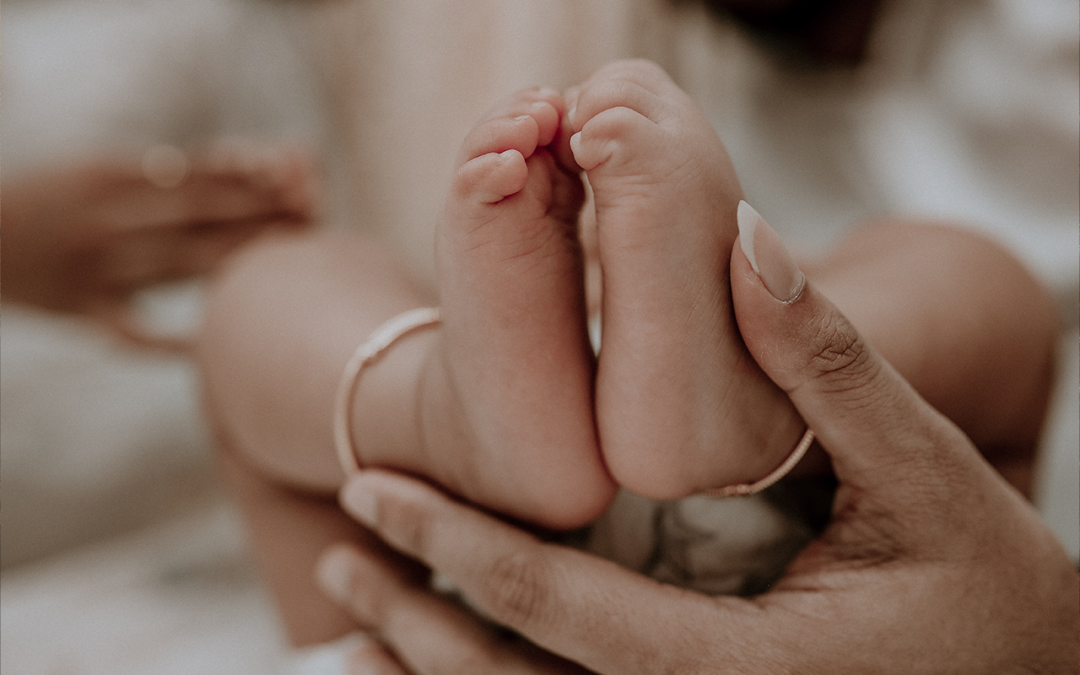When, after eight years of infertility, my wife and I discovered that she was not pregnant again, the pain and disappointment was almost too much to bear. Though we were living in a loving and supportive seminary community, we closed our door for a couple of days and hung a do not disturb sign and grieved.
Part of our grieving was that we were now at the end of our biological options. We had tried every procedure at great expense with still no hope or a child to show for it. Part of our grieving was that it seemed like plenty of individuals who did not want a child could have one fairly easily, and those of us who desperately wanted a child could not. Part of my grieving–and I am embarrassed to admit this–was that we would never know whether a biological child would look like me or look like my wife. That part of grieving seems a little absurd now, but at the time it was a very real part of our prolonged ache for a child because I believe almost every parent longs to look into a tiny face and see the best parts of themselves looking back. So, we grieved and cried and kicked and screamed and cussed at God because He was not coming through for us.
Then, seven months later, after going through the adoption process, we were chosen to be parents of this perfect little blonde haired, blue-eyed girl, and it seemed all of our pain melted away. In a matter of hours, we drove furiously and excitedly to Indiana where our baby girl was born and welcomed her into our family when she was ten days old. The one delay in bringing her back to our home in Mississippi and sharing her with family and friends was that the paperwork had to go by snail mail from Evansville to Indianapolis and be approved by the state office, then it had to travel again by snail mail to Jackson, Mississippi, and be approved by the state office and then return to Indianapolis before we were allowed to leave the state. All of this red tape was for a very good reason, but it meant an extended stay in Evansville.
Because we had been waiting so long to become parents, we decided that we would both get up with her at night every time she cried. That lasted one night! So, the next afternoon all three of us were on the couch in a loaned apartment. My wife was taking a nap, and I was holding our daughter, staring at her in awe and wonder and I thought, “She doesn’t look anything like me, but I could not possibly love her any more than I do!” In the very next moment, as audibly as I have ever heard the voice of God, He said to me, “Bryan, not very often do people think that you look anything like me, but I could not love you any more than I do.”
That moment has been crucial for me in my faith journey–because it reminds me that God’s love for me is not based on my performance. Some days, I delude myself into believing that God loves me because of how well I serve him. But the reality is that most days people don’t see Him in me.
I wish it was as simple as not being a reflection of Him to the world in which I live, but the circumstance is actually much worse. I am a sinner, and in my sinfulness, the image of God has been marred in me. Yes, I was created in the image of God, but I am marked by sin. God is holy; I am not. God is perfect; I am a sinner. I don’t look anything like him. But there is hope. There is Good News.
This week marks the beginning of Lent–a season of preparation as we move toward Easter. Regrettably, many of us in a hurry to get to Easter rush past the cross that reminds us of how great a price was paid for our sinfulness.
The season of Lent was meant to prevent this mad rush past the cross that reminds us just how unholy we are in light of the holy and crucified One and of how little we look like a holy and righteous God.
The first day of Lent is Ash Wednesday, and its roots are found in the ancient Jewish tradition of penance and fasting. Traditionally the practice includes the wearing of ashes in the sign of a cross on the forehead as we “remember that we are dust, and to dust we shall return.” This practice and these words point to our need to confront our own mortality and confess our sin before God within the community of faith. This is our confession that we look nothing like Him and our realization that he could not love us any more than he does.
This is our hope. This is the Good News. This is the embrace that makes us the children of God and begins to transform us into his likeness.


